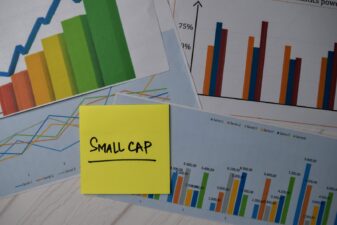Shares of construction and support services group Carillion (LSE: CLLN) fell by more than 5% on Wednesday. The group said its pre-tax profit fell by 5% to £146.1m last year, despite a 14% rise in revenue.
Today I’ll highlight some of the problems that were flagged up in Carillion’s results. I’ll also explain why I’d prefer to invest in one of the group’s smaller peers, despite its much lower dividend yield.
This 9% yield hides problems
Carillion’s dividend rose by 1% to 18.45p last year. At the last-seen price of 206p, that gives a yield of 9%. But yields this high normally signal problems, and in my view this is no exception.
The value of Carillion’s order backlog plus probable orders fell by 8% to £16bn last year. Revenue visibility for the year ahead is just 74%, down from 84% at the same point last year.
Chairman Philip Green promised today that Carillion will “accelerate the rebalancing of our business into markets and sectors where we can win high-quality contracts”. But with 26% of this year’s revenue still unaccounted for, my concern is that the firm will accept anything it’s offered in order to hit revenue forecasts.
In my view, the risk for investors is that the good part of this company — support services — is being weighed down by a number of problem areas.
Revenue from support services rose by 7% last year. The underlying margin on this work rose from 5.8% to 6.7%, lifting profits by 25% to £182.7m.
Unfortunately, this strong performance was cancelled out by a 43% decline in profit from Public Private Partnership projects and a 36% drop in profit from Middle East construction work. Although revenue from other construction projects rose by 21% to £1,520m, the profit margins on this work fell from 3% to 2.7%, negating some of these gains.
Carillion’s balance sheet looks increasingly weak to me. Average net debt was £586m last year, more than four times group profits. The firm’s £810m pension deficit currently requires cash contributions of £47m per year.
The dividend wasn’t covered by free cash flow last year and in my view is unsustainable. In fact, I suspect Carillion may need a larger-scale restructuring if trading doesn’t improve. I’d stay away for the time being.
A more attractive option
Carillion’s smaller peer Costain Group (LSE: COST) also reported its 2016 figures on Wednesday. They were a pleasure to read. The group’s revenue rose by 25% to £1,573.7m. There was a corresponding increase in underlying pre-tax profit, which rose to £37.5m.
Reported earnings rose by 18% to 25.7p per share, while year-end net cash rose from £108.2m to £140.2m. This made it possible for Costain’s board to justify a 15% dividend increase to 12.7p per share, which gives a 3.2% yield at current levels.
Although there’s a pension deficit requiring annual payments of £10m, I think the group’s cash balance de-risks to a fair extent.
Why I’d buy
Costain’s business is different to that of Carillion. The group focuses on infrastructure projects and aims to offer specialist skills that enable it to take leading roles in complex areas.
In my view, this value-add approach helps reduce risk and increase long-term growth potential. Costain shares now trade on a 2017 forecast P/E of 12.4, with a prospective yield of 3.6%. I’d rate this stock as a buy.







